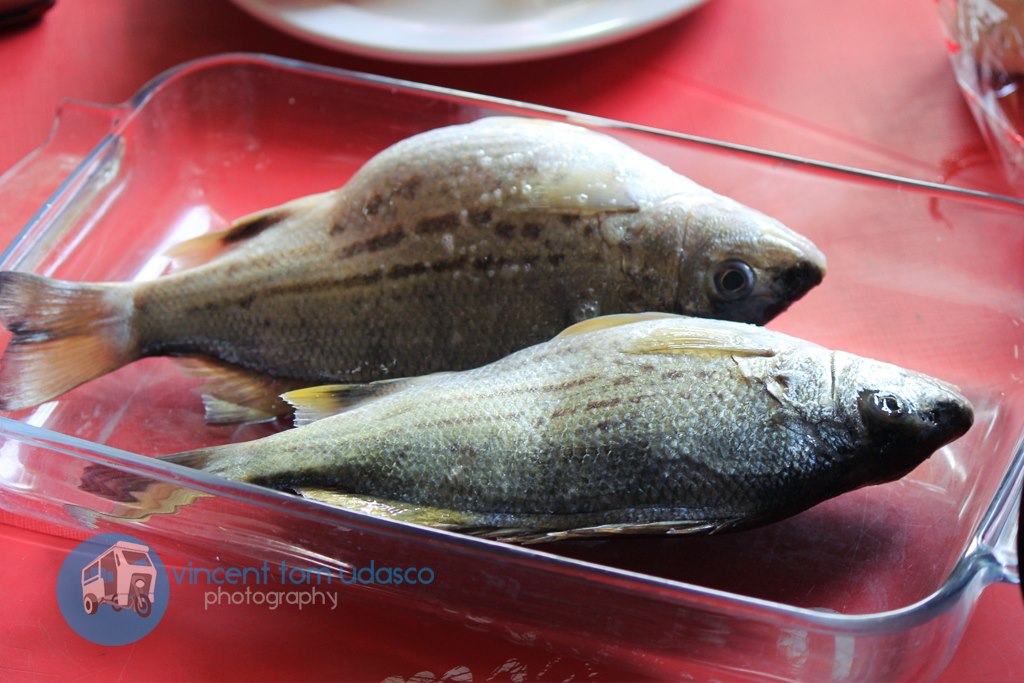“Fish is held out to be one of the greatest luxuries of the table and not only necessary, but even indispensable at all dinners where there is any pretence of excellence or fashion.”
Isabella Beeton (1836-1865)
The people of Misamis Oriental, including its three cities of Cagayan de Oro, Gingoog and El Salvador, enjoy a wide variety of fishes from the waters off its coastline and the many rivers that feed the Iligan, Macajalar and Gingoog Bays.
According to the Bureau of Fisheries and Aquatic Resources, some 45 of 54 major species of Philippine fishes are found in these coastal waters, including barracuda, jacks, wahoo, skipjack (bonito or tulingan) and Spanish Mackerel (tangigue) which not only make good eating, but are also prized by sports and leisure fishermen for their fighting qualities.
Similarly, the waters of the Cagayan River abound with halo-an (mudfish), pantak (catfish), kikilo (spotted scat), buwan-buwan (tarpon) and other indigenous species like the hipon (goby), balanak (Goldie river mullet), dalapakan (Loach goby), Bluespot gray mullet, casili (Bengal eel) and the most prized fish of them all, the magnificent pigok (Tapiroid Grunter) which sells for as much as P1,5000 per kilo in the local market, if you can get it.
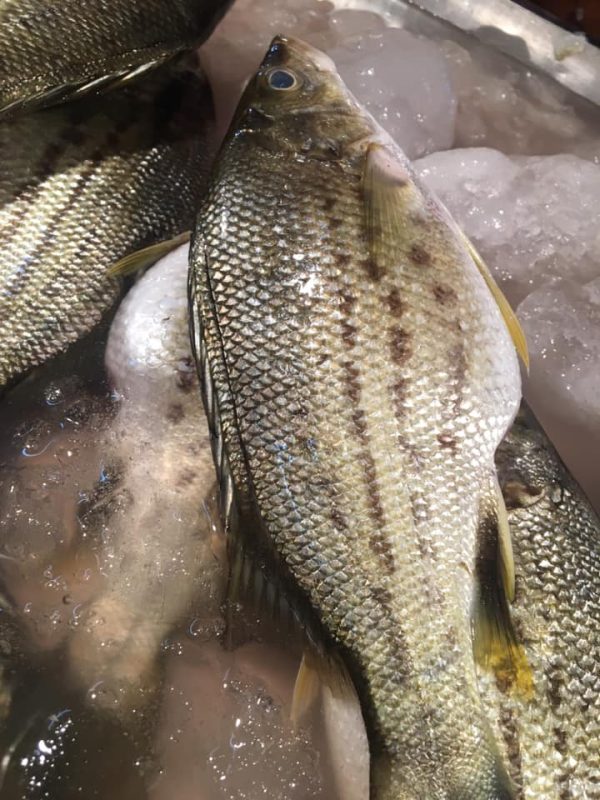
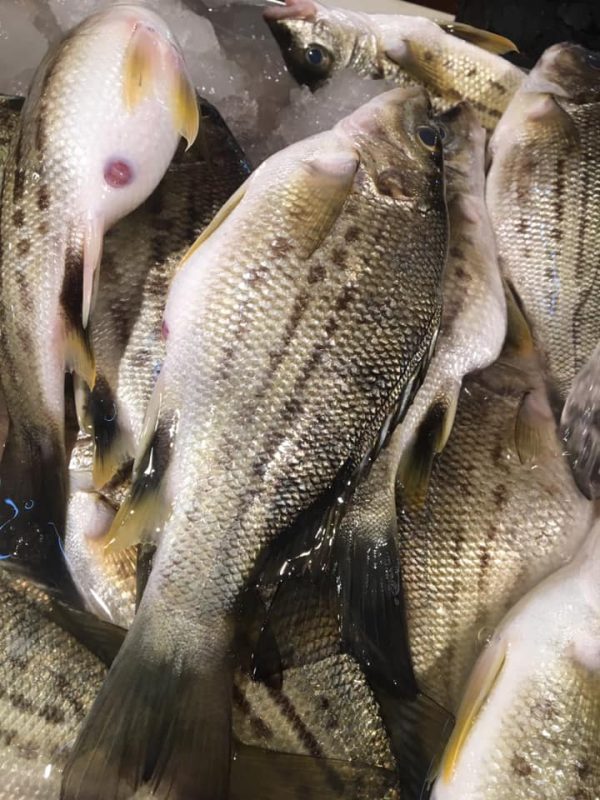
For a somewhat cheaper but no less tasty treat, there’s also the green-yellowish aha-an (freshwater snapper) which can be had for P300 per kilo.
While that seems by itself already a wide menu to choose from, it’s the dishes residents make out of these fishes that make eating them such a unique gustatory experience.
Kagay-anon native Titus Velez recalls the time when there used to be a bamboo fish cage owned by the community in Cagayan River.
“We used to make Inun-un with a yellowish fish,” Velez reminisces. “Sometime ago, sarap and hipon was still easy to catch in Zone 7 Carmen and Macasanding. We also got two types of shellfish (bivalve and suso) from Zone 7 Carmen which we would let stand in a pail or basin of water for a day to allow the shellfish time to spit out any dirt or any other substances they may have ingested before cooking.”
Inun-un comes from the Visayan verb un-un or un-on, meaning to “stew with vinegar, salt, and spices such as ginger, onions, shallots, pepper, salt, and sometimes siling mahaba with very little or no water is added to the broth.
Acknowledged as one of the most knowledgeable local experts on the indigenous fish of Cagayan River, former Nazareth Barangay Councilman Felipe Abrogar, agrees inun-un is the best way to cook the local river fishes.
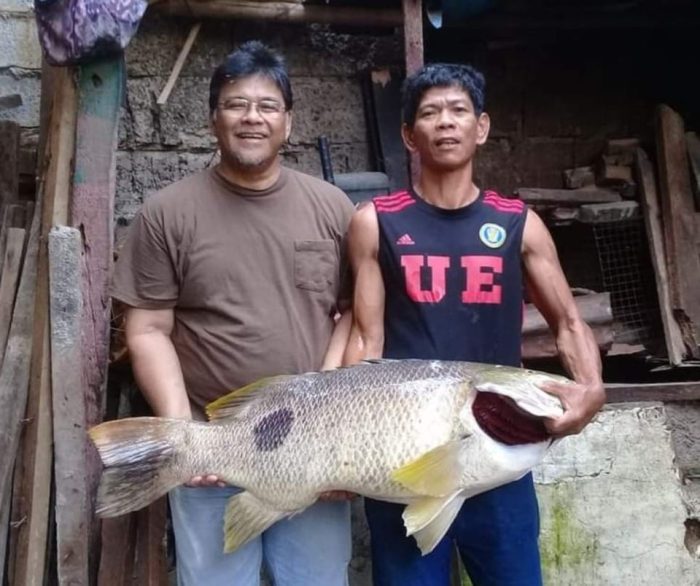
“But when I can catch or buy Tadlungan (Mangrove red snapper)I find it tastier because it has a meat-like texture. During our summer vacations before, we would just bring some rice wrapped in banana leaves and eat kalaykay (clam shells) by the river bank because they were so abundant. But now they have all but disappeared as a result of the sand and gravel quarrying upriver.”
Carl Cesar Rebuta of the Legal Rights and Natural Resources Center, Inc.- Friends of the Earth Philippines (Kasama sa Kalikasan) and a constant traveler and mountaineer, likewise shares an inclination towards ginataang suso (shell) or sinabawang kalaykay (miniature clams).
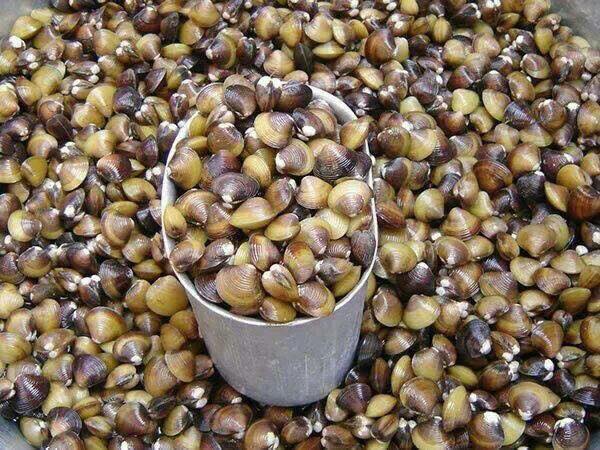
Kalaykay is also the same Bisaya word for rake, or the action of raking because that’s how you look for these small clams under the sand, which also falls under the more general term of manginhas (shell gleaming in the sand), which residents along the sea coast or river banks indulge in during low tide.
Chef Candy Lu of Candy’s Cafde and Chef Cathy Dano of Thai Me Up restaurant in Uptown Cagayan de Oro both expressed a penchant for the exotic Pigok although Chef Cathy also likes pinyahon (oilfish) and banak (sea mullet).
Gwendolyn Ramos-Garcia, author of Memories of the Old Hometown (a memoir of old Cagayan de Oro) but who now resides in the US, has fond memories of a more esoteric portion of the pigok which is its bihod (fish roe), that her mother the late city councilor Pureza Ramos, used to cook for them.
“We don’t cook the bihod whole. Instead, we break it up and season with a dash of salt. First – saute minced garlic, sliced tomatoes, sliced onions, add julienned ginger strips in olive oil or any kind of cooking oil. Add the bihod and mix well. Add some green onions. Bon appetit!”
“Bihod is an appetizer, not a main dish! You put it on top of your rice! Super delicious because it’s not salty unlike guinamos (fish bagoong made with anchovies).”
Another exotic fish of yore from the municipality of Talisayan was the meat of the whale shark, locally known as tawiki.
Medel S. Tacna, who hails from the town, recalls how they used to enjoy the meat of the gentle giants during the time when there was still a whale shark fishery in Sitio Giwanon, which has since been shut down by the Bureau of Fisheries and Aquatic Resources.

“Tawiki meat was very tasty and we used to buy them from the whale shark fishermen of Sitio Giwanon near Nita’s Place Eatery (a legendary carenderia and turo-turo in Talisayan where Tawiki dishes used to be served),” Tacna recalls.
“Dried Tawiki meat we either fried or broiled, but if the meat was fresh it was delicious cooked in coconut milk,” he added.
The meat was first cooked in coconut milk (the second pressing of grated coconut meat) before the first pressing (coconut cream) was added when the meat was just about ready to be served.
Another exotic fish dish, (though not exactly a fish but rather a shellfish) is the sea urchin, locally known as tuyom or swaki. As described by travel blogger Pinoy Adventurista, it is a popular Japanese delicacy called uni, but is considered a rather exotic food in Southeast Asia.
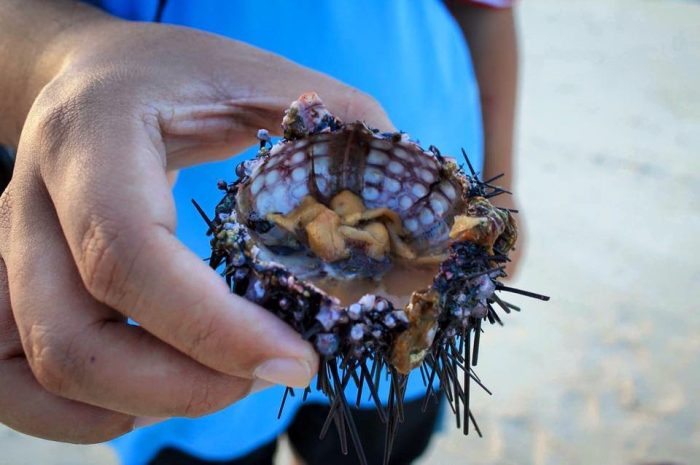
“As a country surrounded by waters, sea urchins abound in the Philippines. Locally called Tuyom, Tiyok or Swaki in the Visayas, or kuden-kuden in Bolinao, Pangasinan and maritangtang in the Ilocos Region, this extremely jelly-like creature tastes very fishy and is best eaten raw as kinilaw. And guess what, sea urchins are believed to have aphrodisiac properties!”
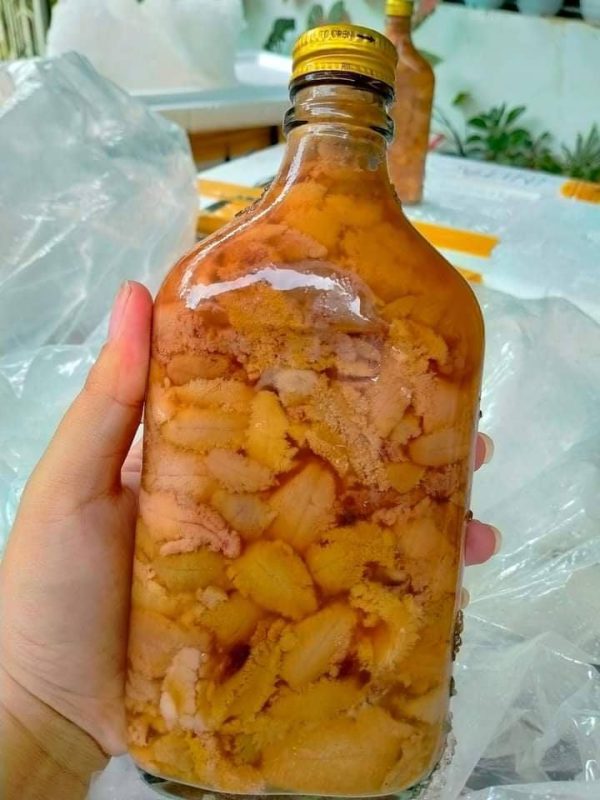
Nana Malferrari Uy, who with hubby Roel and family operate the popular Mantangale Alibuag Dive Resort in Balingoan town, says you can buy it pickled and bottled by itinerant vendors along the sea shore. They can also be found in the fish stalls along the national highway of Talisayan just across the Iglesia ni Kristo church where the road takes a sharp turn where a lapad starts at P200.
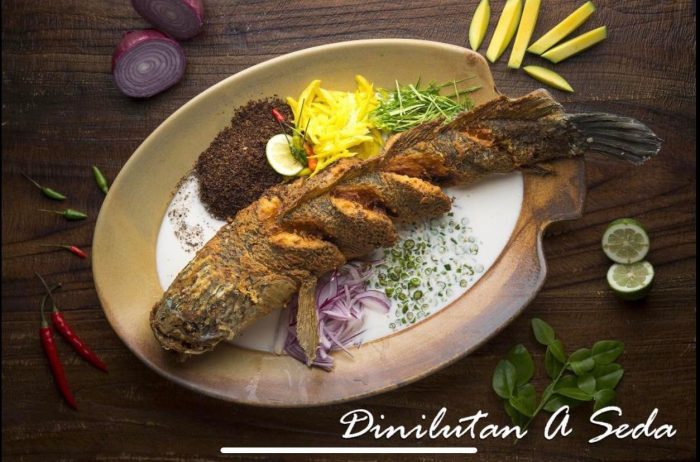
In downtown Cagayan de Oro, one can also enjoy Dinulutan a seda, a popular Maguindanaoan dish featuring a crispy fried snakehead (mudfish, haluan) from Lanao with coconut milk and other spices. Though not exactly an indigenous dish to the city and province, it nevertheless provides an intriguing option for more adventurous visitors looking for something more exotic.
Not the least, in fact, in my personal opinion, my favorite among the exotic fish dishes in Misamis Oriental is the oilfish or escolar, better known locally as the pinyahon or pinya-pinya.
It is one of about 25 species of the Gempylidae family of perciform fishes commonly known as snake mackerels or escolars.
Elongated and similar to barracudas, the largest species grow up to 2 m long, with the oilfish reaching 3 m, though they rarely surpass 150 cm. They are deep-water fishes, and several species are important commercial and game fishes.
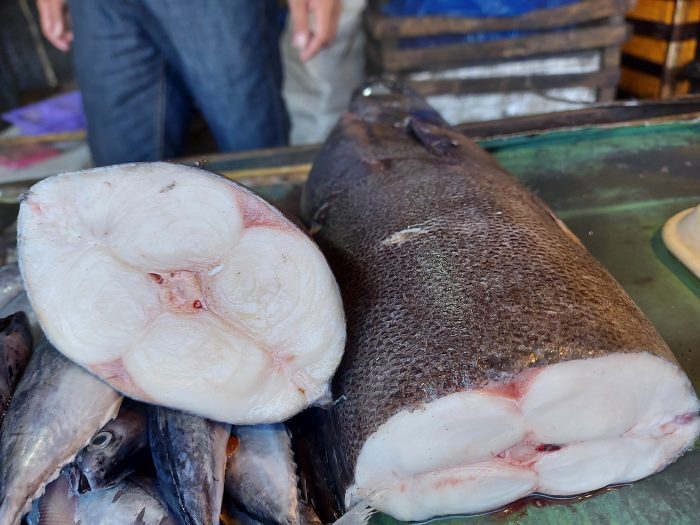
Local gourmands also call it Darigold (after a brand of evaporated milk) because once you eat too much, the effect will be very much like drinking an full can of Darigold Evap!
That’s because the fish has a high proportion of wax esters which are not digestible by the human digestive system so those eating it for the first time are warned not to eat too much. Still intriguing is it affects different people differently, like some can only take a bit before suffering the Darigold effect while others (like me!) seem unaffected by even large portions.
Perhaps because of its dubious reputation, you can buy pinyahon relatively cheap from P140 per kilo, but rarely exceeding P200. It’s easy to cook, simply season with a little salt and pepper and smoke it on your grill, carefully brushing back the oil drippings and turning it as needed so it won’t blacken and singe.
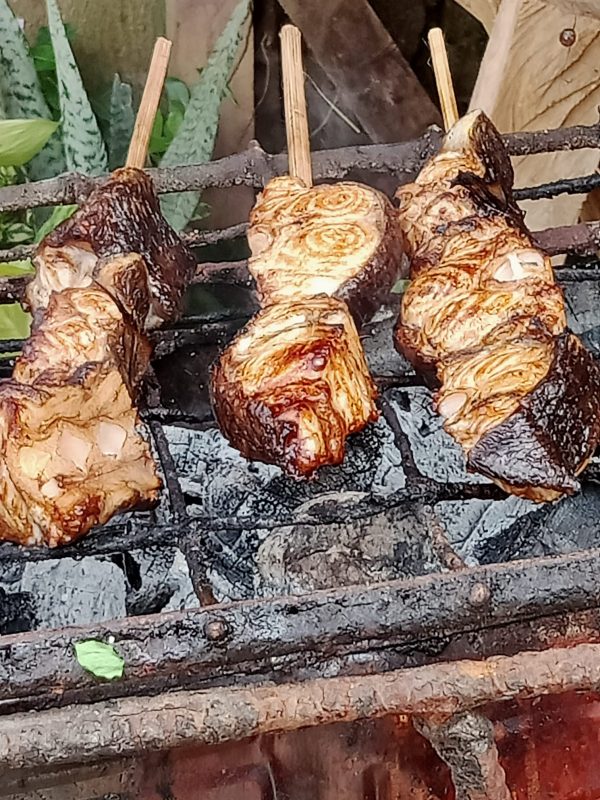
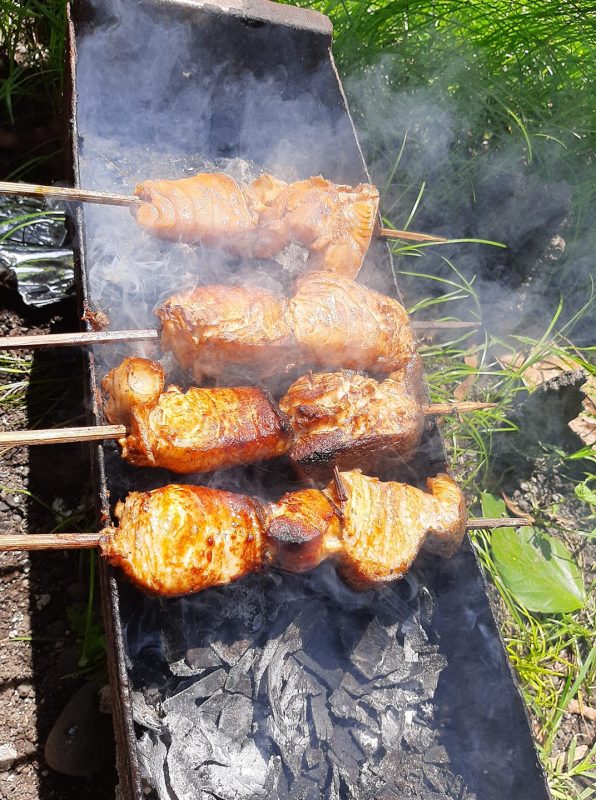
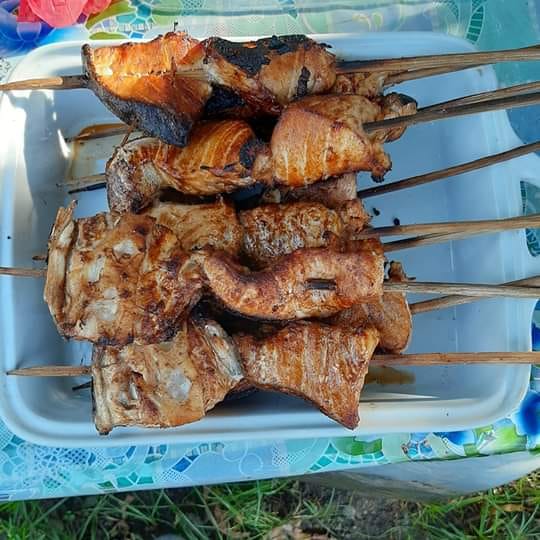
However, believe it or not, you can now buy both the raw fish and the smoked tinap-anan online, just use the key words pinyahon for the raw fish and tinap-an pinyahon for the smoked fish on a barbie. Prices range from P25-50 per barbie with two pieces of smoked pinyahon.
Tinap-anang pinyahon used to be available from a certain corner of Cagayan de Oro’s Cogon Market during the early 1980s for only P5 a barbie with three pieces, but it’s now rather difficult to find there.
The taste is light and delicate which may lead to some people eating more than they should, and promptly suffering the Darigold effect, thus it’s not even offered in local restaurants. But it remains a perennial favorite among those who can reasonably tolerate it, so don’t dare leave Cagayan de Oro or Misamis Oriental without at least tasting it.
-30-
